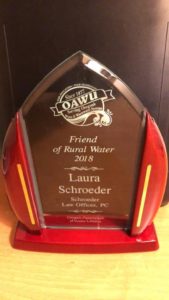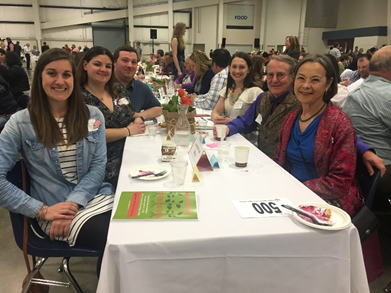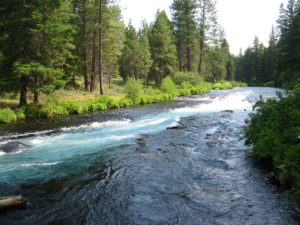On March 13, 2018, Oregon Governor Kate Brown declared a drought in Klamath County under Oregon Executive Order No. 18-02, with an expiration date of 12/31/2018. The drought was declared largely due to the low snow pack in the region. According to the Capital Press, Klamath County was, at that time, experiencing 45 percent of its usual snowpack for the year. Since March 13, the Governor has made drought declarations in five additional counties: Grant, Harney, Lake, Douglas, and Baker. To check for current drought declarations, click here.
The Oregon Water Resources Department (OWRD) is currently issuing emergency drought permits for the Klamath Basin. According to OWRD, temporary emergency use groundwater permits may be issued in designated drought areas. These permits allow surface water users under drought declaration access to temporarily use groundwater wells to gain access to water. In addition, approved drought permits will require metering, record keeping, and reporting of groundwater use over the season to the Department. To access the emergency drought application’s, click here.
Due to the low snow pack in the 2017-18 winter, and the limited rain fall Oregon has experienced, much of the west is expected to experience higher than usual fire danger. From October 2017 through April 2018 rainfall was approximately 70 percent of what is typical in southwest Idaho, and approximately 50 to 70 percent of what is typical in southeast Oregon. The Capital Press reported that The National Interagency Fire Center’s Predictive Services Unit (NIFC) reported on May 1 that it expects warmer and drier than average conditions across the west. According to the Capital Press the NIFC report also went on to say that southeastern Oregon’s warm, dry April stood out in contrast to cooler, wetter conditions in much of the northwest. The NIFC reported on June 1 that April’s cooler than average conditions across the northwestern states were replaced by above average temperatures in May. The June report went on to say that the above average temperatures are likely caused by the El Niño weather pattern that is expected to hit by mid-fall. The National Ocean Service classifies an El Niño by an unusually warm waters in the Pacific Ocean. Typically, it will occur during winter months like December. According to the National Ocean Service, it typically brings wetter than average conditions off the US Gulf Coast.
US News reported that as of April, all basins in Oregon were well behind on snow pack, most measuring 40 – 70 percent of normal levels. The US Drought Monitor map shows (click here to see the map) abnormally dry to moderate drought conditions, extending through the month of August.
Oregon has already had 259 fires across the state in 2018, which have burned 2400 acres, as of June 28 according to the Oregon Dept. of Forestry (ODF), Fire Blog. According to the NIFC, there are 55 fires currently burning throughout 10 states, and as of June 28, seven of those are new, with 29 of the fires currently burning, in Alaska alone. Of those 55 fires, nearly 500,000 acres have already burned and only three of them are considered contained.
As a result of the unusually low snow pack, unseasonably dry heat, and over all conditions, the 2018 summer is expected to continue to be busy for wildland fire fighters and irrigators alike. Stay tuned to Schroeder Law Offices’ Blog for more news.

















